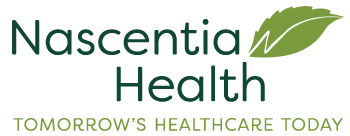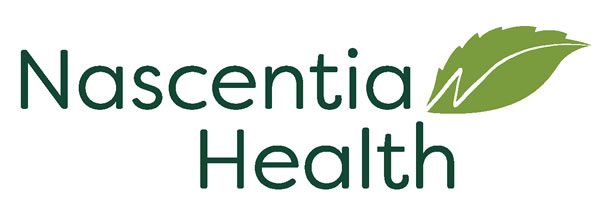Founded in 1890, Nascentia Health has been delivering exceptional home and community based care for over 135 years.
Our focused approach improves the quality of each life we touch and furthers our goal of restoring, maintaining, and promoting the health and independence of those we serve.
Our History
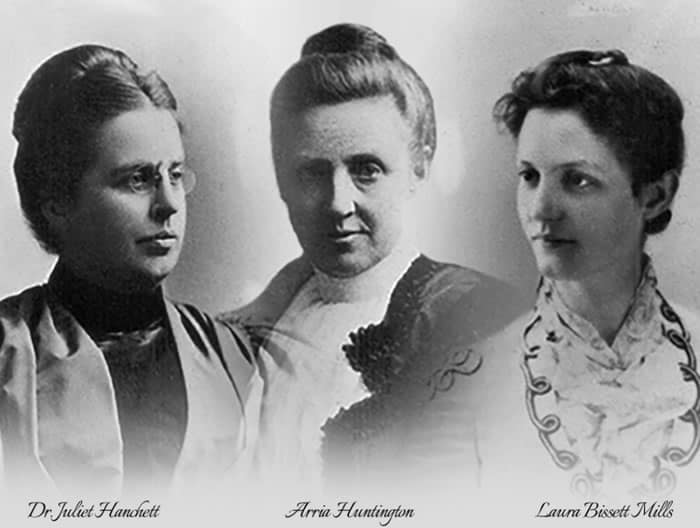
1890’s
“No longer was the nurse a visitor whose presence proclaimed…poverty or acceptance of charity…Now the nurse’s appearance announced a commitment to do everything possible for the sufferer without a loss of self-respect.”
– Lillian Wald
The Beginning
Dr. Juliet Hanchett, Laura Bisset Mills, and Arria Huntington – a doctor, nurse, and a laywoman – organize a Visiting Nurse Association (VNA) in Syracuse to care chiefly for maternity cases. The organization is modeled after Lillian Wald’s Henry Street Nurses’ Settlement in New York City, which seeks to provide quality healthcare to the poor in a way that treats them with dignity and respect.
Incorporation
The VNA is officially incorporated on March 28, with a stated purpose of furnishing visiting nurses for the sick and poor of Syracuse and providing general benevolent and charitable purposes.
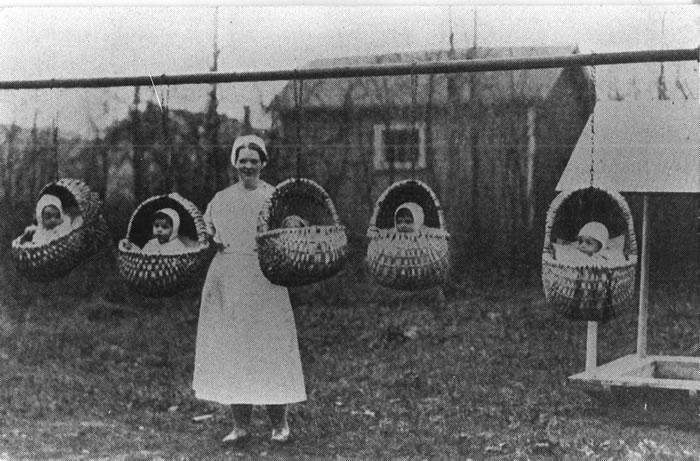
1910’s
1912 – Baby Camp
The VNA’s Baby Camp opens on Rider Avenue. Offered every summer through 1925 and year-round from 1925 to 1931, the camp provides care, day and night, for newborns and children under the age of six. In addition to treating a wide variety of illnesses, nurses also provide daycare services for working mothers.
Educating Mothers
The VNA begins to focus its attention on teaching mothers to raise healthy children, sponsoring a demonstration at the New York State Fair.
Flu Pandemic
The Spanish Influenza pandemic hits the United States, killing more than 600,000 people and peaking in the third week of October; VNA nurses make more than 2,000 visits this week.
Serving the Onondaga Nation
At the request of the New York State Sanitary Supervisor, the VNA organizes and supervises nursing and welfare work on the Onondaga Reservation. The program consists of nursing care, prenatal instruction, child welfare and hot lunches on school days. Baby Welfare meetings are held every other Friday.
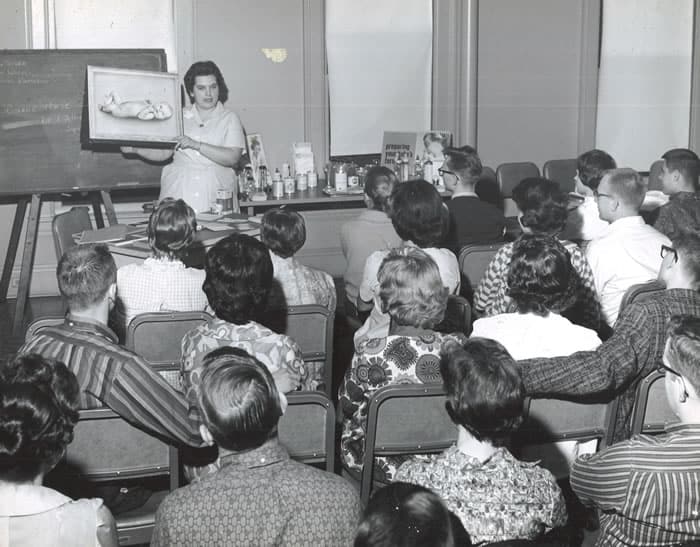
1920’s and 1930’s
1939 – Parents’ Classes
The first class for fathers is held. Classes for couples begin in 1940 and, by 1954, the so-called “Parents’ Classes” are so popular that the Adult Education Department of the Syracuse Board of Education agrees to co-sponsor them. By 1959, the classes become part of a newly organized Community Program of Classes for Expectant Parents held at local hospitals.
Embracing Technology
Heaters priced at just $5 are installed in each of the VNA’s two automobiles.
Mother’s Classes
The VNA initiates weekly parenting classes for expectant mothers, teaching the “hygiene of pregnancy and the care of the child.” Special effort is made to attract low-income parents, and the classes are offered free of charge to all participants.
Batting Tuberculosis
Syracuse’s tuberculosis death rate falls to 48 deaths per 100,000 people, a decrease of 33% since its peak in 1908. The city’s death rate is lower than that of any other city in the country. By 1934, the Onondaga Health Association has declared the spread of the disease to be under control.
The Great Depression
The stock market crash and bank failures force the VNA to cut nursing staff, resulting in a dramatic decrease in nursing visits – 10,000 fewer visits were made in 1932 than in 1931.The VNA cars are sold, and nurses are required to provide their own transportation.
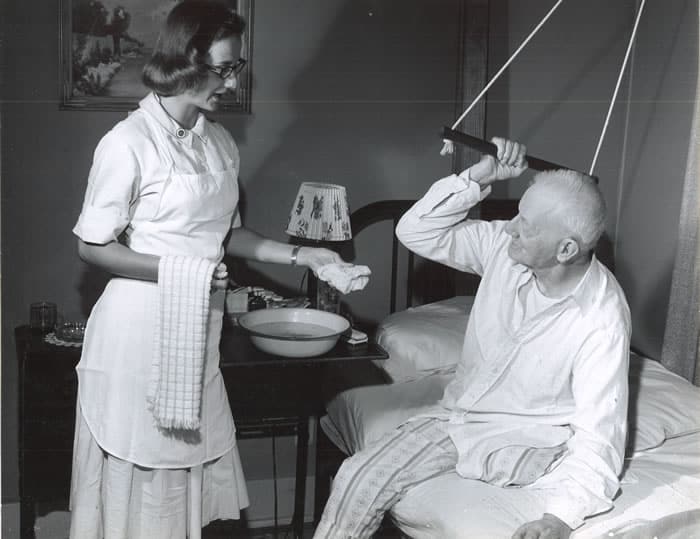
1940’s and 1950’s
1957 – Serving the Elderly
The majority of visits are to patients 65 or older, many of whom are physically handicapped and homebound.
World War II
The National War Labor Board approves an increase in nurses’ salaries. By 1944, nine of the VNA’s nurses have left for nursing service in the military. To alleviate the burden on the remaining nurses, volunteer nurses’ aides are recruited and trained to assist in the care of patients with chronic conditions.
Changing With the Times
Membership opens to both men and women. By 1951, the Board of Directors has elected its first male members.
Chronic Conditions & Health Supervision
50% of all patients served by the VNA have a chronic illness. VNA nurses regularly visit patients recently discharged from the hospital, providing rehabilitative care, special nursing care, and health supervision.
Home Health Aides
After eight years of planning with the Council of Social Agencies, the VNA assembles a team of home health aides and homemakers. These unlicensed, non-professional workers are prepared to assist the sick, disabled, and infirm in their homes.
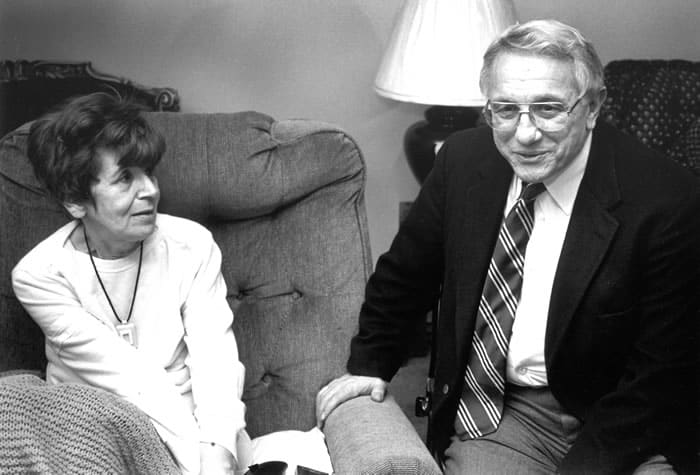
1960’s and 1970’s
“We envisioned a nursing home without walls – a humane, less costly, and more flexible alternative for providing care, which would not only address the immediate crisis, but pioneer a new direction in the delivery of long-term care.”
– Senator Tarky Lombardi, Jr.
Medicare & Medicaid
President Lyndon B. Johnson signs the Social Security Amendments into law on July 30, establishing the Medicare and Medicaid programs.
Home Aides of Central New York
On January 6, community advocate Amelia Grenier and a group of people representing inner-city neighborhoods and the broader community interested in developing and funding a program for homemaker / home health aide services holds an organizational meeting. By April, the original group has formed a Board of Directors and incorporated under the name Home Aides of Central New York.
The Lombardi Program
The Lombardi Program, also known as the Long-Term Home Health Care Program or the Nursing Home Without Walls Program, is initiated to provide comprehensive, coordinated care in the home for the Medicaid eligible chronically ill and disabled who are qualified to enter a nursing home, but prefer to remain in their homes. The VNA is the first certified program in New York State.
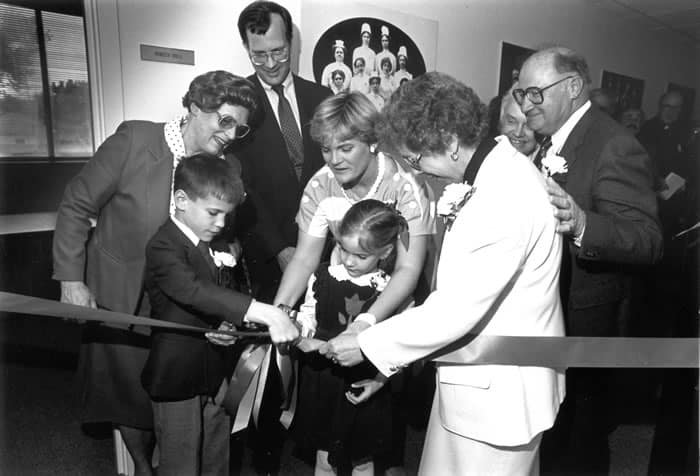
1980’s and 1990’s
1990 – Centennial Celebrations
Descendants of the co-founder Laura Marlow (formerly Bisset Mills) cut the ribbon at the 1050 West Genesee Street Building Dedication Ceremony commemorating the 100th anniversary of the VNA’s founding.
Omnibus Reconciliation Act
The Omnibus Reconciliation Act amends title XVIII (Medicare) of the Social Security Act, dramatically affecting the VNA’s home health care services. The 100 visit limit is eliminated, prior hospitalization is no longer a condition of eligibility, and Medicare home care participation is extended to for-profit home care agencies. The passage of the Act and the organization of the National Home Care Association in 1982 allow the VNA to expand and branch out without restriction.
Innovative Therapies
An aquatic rehabilitation therapy program is established to assist in the treatment of patients with severe mobility restrictions.
A New Home
Office space is purchased at 1050 West Genesee Street. Renovations begin in preparation for the Ribbon Cutting Ceremony and Centennial Celebrations.
Specialized Care Programs
Several programs are developed to meet the needs of specialized populations, including a Maternal-Child Short Stay Program, a Wound Care / Enterostomal Therapy Programs and an HIV / AIDS Program.
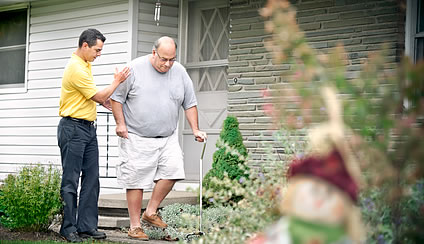
2000’s and 2010’s
2012 – Entering the Insurance Industry
VNA Homecare Options, A Managed Long-Term Care Medicaid Insurance Plan, is established to assist chronically ill or disabled individuals who require health and long-term care services. By 2015, the plan has expanded into 48 counties across New York State.
Transforming Care Through Technology
A large grant from Gifts in Kind International allows the VNA to implement the latest networking platform, introducing the internet and an electronic medical record that allows clinicians to transition from paper to point of care data capture. The new technology improved workflow and created new opportunity for advances in care delivery.
Rebranding
The VNA Homecare brand and 477-HOME telephone number are launched to promote a simplified experience for patients.
Collaboration and Growth
VNA Homecare and Home Aides of Central New York affiliate to bring more affordable and readily available home care to the community.

2010’s
2017 – Groundbreaking
A groundbreaking ceremony is held for the system’s new 47,000-square-foot operational headquarters. Members of the organization’s leadership team and Board of Directors join representatives from King & King Architects and the Hayner Hoyt Corporation to mark the momentous occasion.
Adult Day Program
The Sisters of St. Francis of the Neumann Communities approve an ownership transfer of their Social Adult Day Program to VNA Homecare. After extensive research and space evaluation, leadership agree that the best space for the program is in the lower level of the office building at 1050 West Genesee Street. Renovations begin in early 2014.
Celebrating 125 Years
125th Anniversary celebrations kick off, focusing on the system’s past, present, and future and emphasizing its dedication to paving the way for the future of home and community-based care in New York State.
Reimaging Our Home
A capital campaign is launched to fund vital repairs to the infrastructure of the system’s headquarters at 1050 West Genesee Street and to optimize its interior for improved efficiency and ease of access. By late 2016, leadership determines that the building is beyond its intended lifespan and no longer meets the system’s needs. Plans for a new building at the same site begin shortly thereafter.
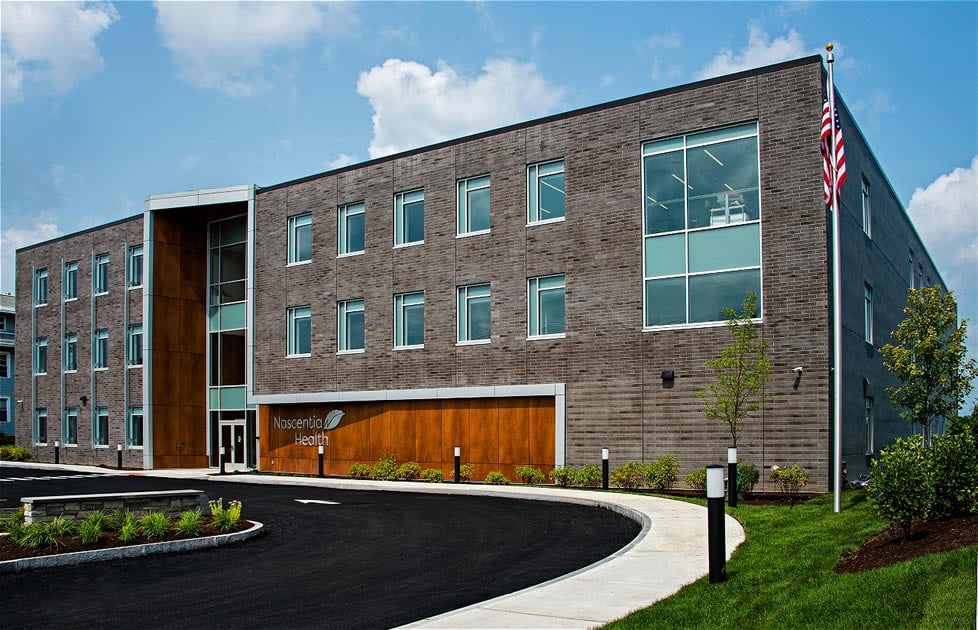
2010’s
“This new system looks to the future of home healthcare in our community while honoring our history and reflecting our continued commitment to providing exceptional care. Unifying all our existing resources into one cohesive healthcare system was an inevitable and strategic step to ensure that we’re best positioned to fulfill our mission today, and well into the foreseeable future.”
– Kate Rolf, President & CEO
A New Name & Promise to the Community
VNA Homecare, VNA Homecare Options, Home Aides of Central New York, and all their respective affiliated organizations and foundations are united into one new healthcare system – Nascentia Health. The new organization combines the programs and services previously operated as separate entities into a unified healthcare system guided by true collaboration and a shared vision.
A New Beginning
Construction of the system’s new, 47,000-square-foot operational headquarters at 1050 West Genesee Street is completed. Operations from the space begin in January, and the old building is razed shortly thereafter.
